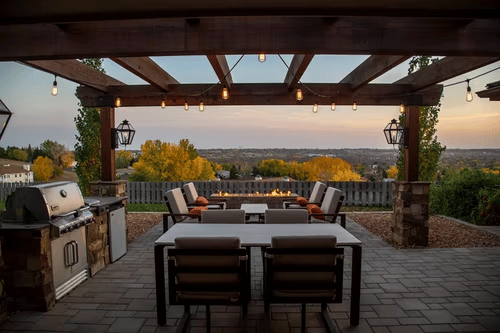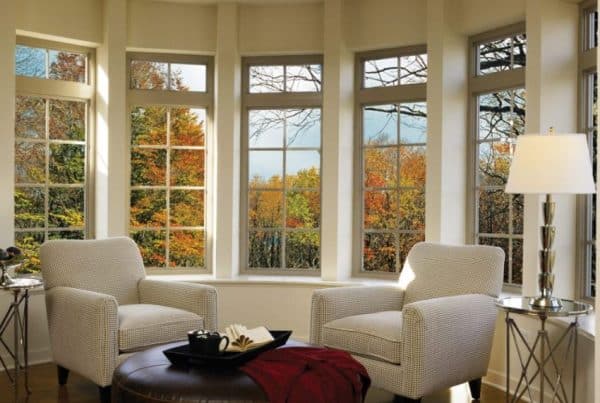Having an outdoor living space at the back of your home offers you the luxury of your own private enclave in which to reflect and relax while escaping the stresses of modern life. It also provides a natural setting in which to entertain your friends and family over dinner or drinks.
If you are looking for ways to upgrade your outdoor living space, creating a patio is the perfect way to enhance your enjoyment of your home, as well as increase its value. There are many things to consider when undertaking such a project such as your budget, your intended use for your patio, the materials you will use, as well as the style of furniture to place there. The suggestions outlined in this article can help guide your patio design project so you can begin planning your outdoor space to your liking.
Intended Function
The first step to designing your patio is getting clear on its intended function. Do you plan to use it primarily as space for dining and entertaining guests? Knowing how many people you wish to host will guide your decision on the amount of space required and the type of outdoor furniture you should place there.
If you prefer to use your patio as a quiet place of retreat where you can relax, reflect and enjoy moments of solitude, you will likely have more space to play with and may prefer a covered patio like the ones at Malone’s Landscape that offer greater privacy and a feeling of seclusion.
Knowing your intended function will help you make the most of your patio and can help you create a user-friendly space that takes into account negative space and gaps between furniture to allow for ease of movement. This will ensure your patio looks and feels uncluttered or cumbersome, maximizing its visual appeal and comfort. Keeping in mind the intended function of your patio will help guide your design ensuring a cohesive and budget-friendly makeover for your backyard.
Positioning
Finding the best position for your patio is key to maximizing your enjoyment of this space. Consider how the sunlight enters your backyard at different times of the day as well as the wind direction. If you enjoy basking in the sun, an area that is bathed in natural light during the day will work to your advantage, whereas a pergola that is positioned somewhere in the shade will be ideal if you prefer a cooler feel to your days.
Are there any views you wish to take advantage of or areas in your backyard that offer more privacy than others? For instance, your backyard may offer spectacular views of the sunset. If you plan to entertain guests in the evening, positioning your patio in this direction will make optimal use of your design.
If your patio is to be a private area for you and your family, take advantage of any trees, shrubs or fences your backyard offers to support this sense of seclusion. Factoring in these considerations alongside your intended use for your space can help you pick the perfect spot in which to construct your patio.
Size
The size of your patio will depend largely on the amount of space your backyard offers and how much of this you want to transform as part of your design. If you have a large backyard, decide whether you want your patio to be a statement feature or simply one of the elements in its overall layout and design.
To help guide your decision regarding the size of your patio, a good tip is to factor in the number of people you plan to host here. To ensure a sense of flow and maneuverability allocating each person 25 square feet of space is recommended.
Patio Zones
Planning different zones in your patio design is a great way to maximize the use of your space. If you enjoy being in nature and wish to relax in the sunshine, creating a zone that offers the most amount of sunlight and is furnished with flowers and beautiful aromatic plants is advisable.
Similarly, if your patio is intended mainly as an outdoor dining area for family or guests then creating a zone close to your kitchen is practical and allows for ease of access to and from your kitchen. Separating each zone with a scattering of plants or flowers can add color as well as a natural element to your patio while softening its structure.
Materials
Perhaps you want to align the design of your patio with the interior of your home or wish to create something altogether different. When choosing your patio materials, consider the type of design you wish to create. For instance, a contemporary patio will work well with materials such as porcelain, concrete or flagstone. For decking ideas, consider hardwood materials such as mahogany, cedar, bamboo, redwood and pressure-treated pine.
By following the tips in this article you can feel confident in undertaking your patio design project.








